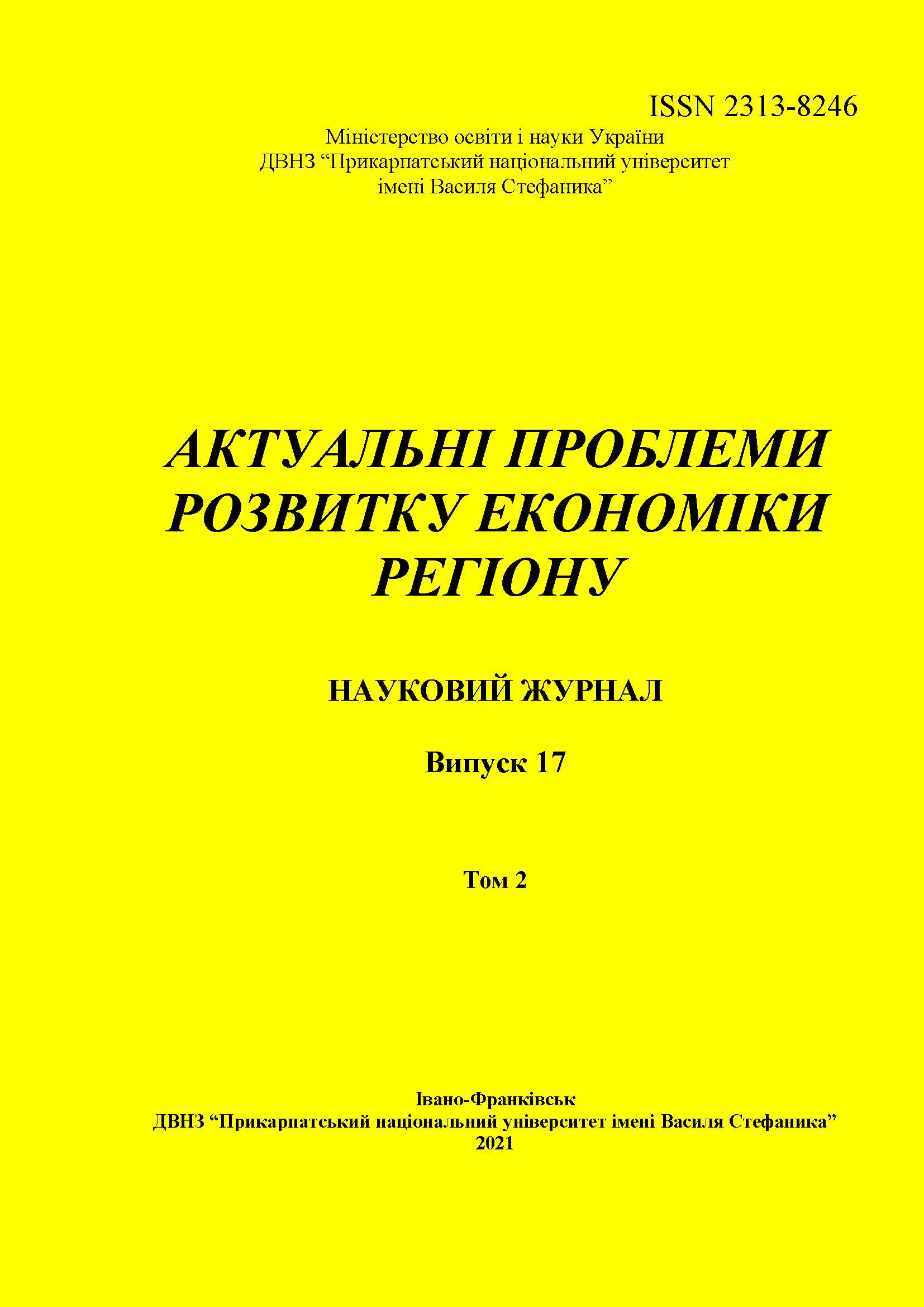TIPS IN THE RESTAURANT BUSINESS
DOI:
https://doi.org/10.15330/apred.2.17.204-211Keywords:
restaurant business, quality of service, food, tips, electronic tips, visitorAbstract
The article is devoted to the study of the relevance of providing excellent service in catering establishments, the development of the culture of tips and non-cash tips, trends related to the restaurant business. There was a decrease in attendance at restaurants during the pandemic. The main reasons for this trend are identified. Innovations related to the restaurant business are described.
The activities of a successful restaurant business are reflected in its actions. Such establishments are always a few steps ahead of their competitors. They analyze not only the present but also the future of their establishment, so they are interested in innovations and future trends that will contribute to the development of the restaurant business and will be able to make it a leader in their industry.
During the pandemic, the restaurant business suffered significant losses due to certain quarantine restrictions. For their continued existence, catering establishments had to move to another level of catering services. This level was to provide security for its visitors in the first place. Guests of food establishments during the quarantine period began to be quite meticulous in their choice, an important aspect remained safety in the provision of food services. The same applied to leaving tips for service personnel.
The aim of the article is to analyze the state of the restaurant business during the pandemic, to identify the main problems of reducing the attendance of guests in restaurants and to suggest ways to improve the situation in the market of restaurant services in quarantine.
In solving the tasks we used a number of research methods: methods of statistical analysis - to assess the state of the restaurant business during the pandemic, as well as methods of analysis and synthesis, comparative characteristics of the problems of attendance in catering establishments.
Prospects for further scientific novelty are the analysis of current trends in science in the restaurant business, innovations in food and services, the introduction of innovations in customer service.
It has been found that the safe work of staff with the introduction of contactless payment for food services will be an effective tool to increase attendance in the restaurant business. It is proposed to transfer the settlement with visitors in food establishments to contactless and safe.
References
2. Malska, M.P., and I.G. Pandyak. Hotel business theory and practice. Kyiv: Center for Educational Literature, 2012.
3. Samodai ,V.P., and A.I. Kravchenko. Organization of restaurant business. Sumy, Publishing House of Sumy State Pedagogical University, 2015.
4. “Information and educational platform for restaurateurs: Tipping in the restaurant. "Common boiler" or each for himself?” Place.lemma. place.lemma.ru/article/chayevyye-v-restorane-obshchiy-kotel-ili-kazhdyy-sam-za-sebya. Accessed 29 Oct.2021.
5. “Coronavirus: how Ukrainian restaurateurs do business in a pandemic.” Restorator, www.restorator.ua/post/coronavirus-how-ukrainianrestaurateurs-do-business-in-a-pandemic. Accessed 29 Oct.2021.
6. “Restaurant business in the context of the coronavirus pandemic: problems and directions of transformation of development models.” Infrastruktura rynku, market-infr.od.ua/journals/2020/42_2020_ukr/22.pdf. Accessed 29 Oct.2021.
7. “Everything you need to know about tips.” Publish Ukraine., publish.com.ua/biznes/vse-shcho-treba-znati-pro-chajovi.html. Accessed 30 Oct.2021.
8. “Technological trends in the restaurant business 2019.” Restik, restik.com/blog/tekhnologicheskie-trendy-v-restorannom-biznese-2019. Accessed 30 Oct.2021.
Downloads
Published
How to Cite
Issue
Section
License
- Authors retain copyright and grant the journal right of first publication with the work simultaneously licensed under a Creative Commons Attribution NonCommercial NoDerivs 4.0 Unported License that allows others to share the work with an acknowledgement of the work's authorship and initial publication in this journal.
- Authors are able to enter into separate, additional contractual arrangements for the non-exclusive distribution of the journal's published version of the work (e.g., post it to an institutional repository or publish it in a book), with an acknowledgement of its initial publication in this journal.
- Authors are permitted and encouraged to post their work online (e.g., in institutional repositories or on their website) prior to and during the submission process, as it can lead to productive exchanges, as well as earlier and greater citation of published work (See The Effect of Open Access)


